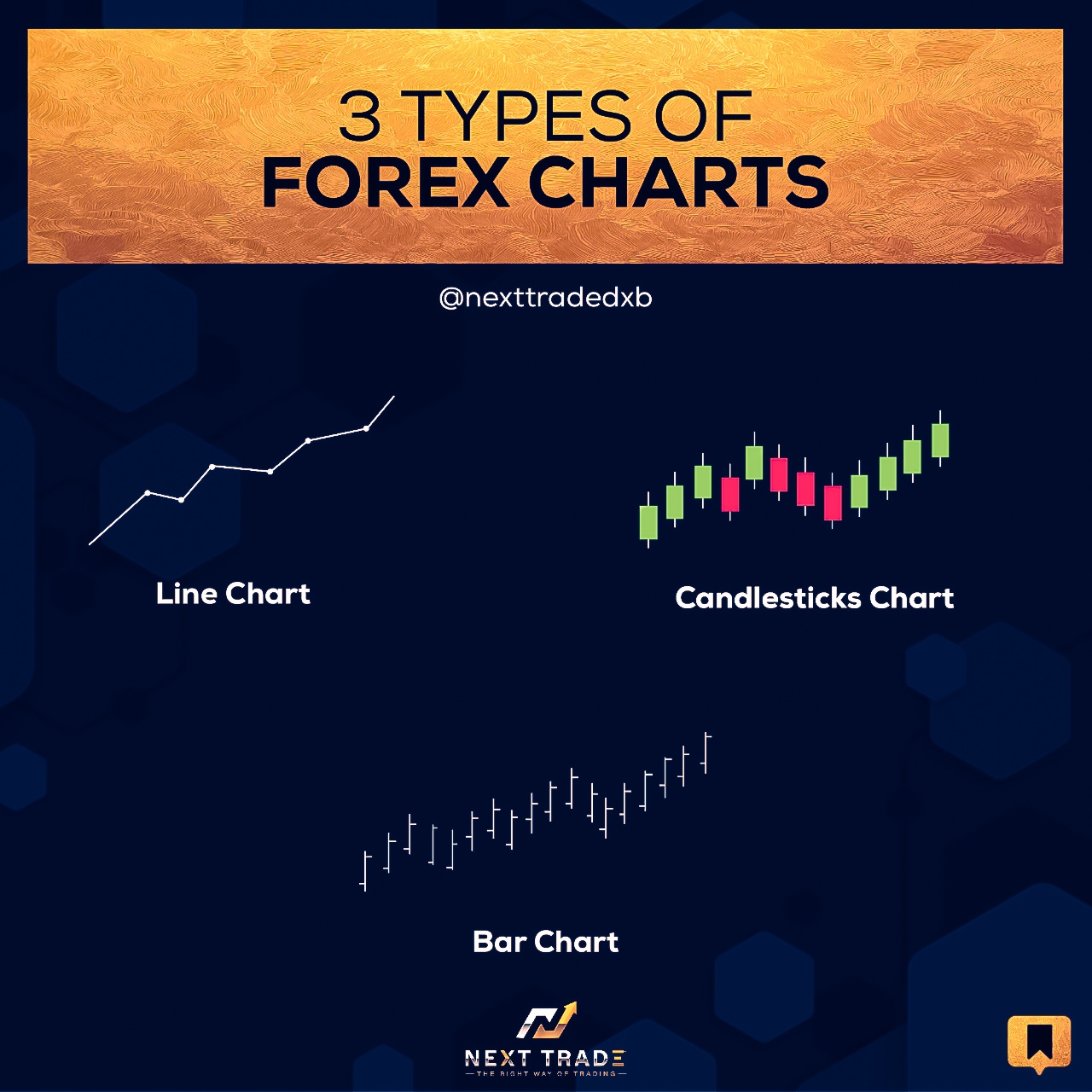What is a tick chart in forex?
Tick charts represent intraday price action in terms of quantity of trades: a new bar (or candlestick, line section, etc.) is plotted after completion of a certain number of trades (ticks). This aggregation type can be used on intraday charts with time interval not greater than five days.
A tick chart is a chart used in forex trading to show the prices of assets over time. Tick chart charts give traders the ability to view and analyze the movement of assets over a short period of time. Tick charts are typically used on intraday charts, with time intervals not greater than five days. Tick charts are especially useful for investors who are interested in buying and selling assets on a short-term basis. By analyzing the movement of assets on a tick chart, traders can see which assets are trading at prices that coincide with their own investment goals. Additionally, tick charts can be used to generate trading signals. Despite their usefulness, tick charts can also be risky. Because they do not show the full range of asset prices, traders who rely on tick charts are at risk of being taken advantage of if the prices of assets move in an unexpected direction. Additionally, tick charts do not always provide accurate insights into the underlying market dynamics.
The use of a tick chart is mainly dependent on the broker that you are using. There is a lot of talk about forex tick charts, but what are they and how can they help traders? Tick charts are an extremely useful tool for forex traders, as they can help to track the movements of the currency exchange rate over time. They can also be used to track the direction of the market, as well as to get an idea of the overall sentiment of the market. Tick charts are usually displayed as a series of vertical bars. Each bar shows the amount of movement made by the currency in relation to the previous bar. The top of the chart shows the highest point reached by the currency during the given period, and the bottom of the chart shows the lowest point reached. Tick charts are useful for charting the time dimension, as well as the direction and volume of currency movements. They can be used to detect sudden changes in market sentiment, and to identify potential entry and exit points into and out of the market. Tick charts are not always accurate, as they depend on the broker you are using. However,
they give you an idea of the typical movements in the market and can be a useful tool for trade planning. A tick chart is a graphical representation of market movements over time. It is most commonly used in the forex market to help traders plan their trades. To create a tick chart, you first need to input the time of day and the asset you are trading into your trading platform. This information will then create a graph showing the prices of your chosen currency over the selected period of time. Tick charts are not always accurate, as they depend on the broker you are using. However, they give you an idea of the typical movements in the market and can be a useful tool for trade planning. In general, they can be used to help identify trends and to help you get an idea of how volatile the market is. If you are looking for a more accurate representation of the market movements, then you should use a technical analysis chart.






